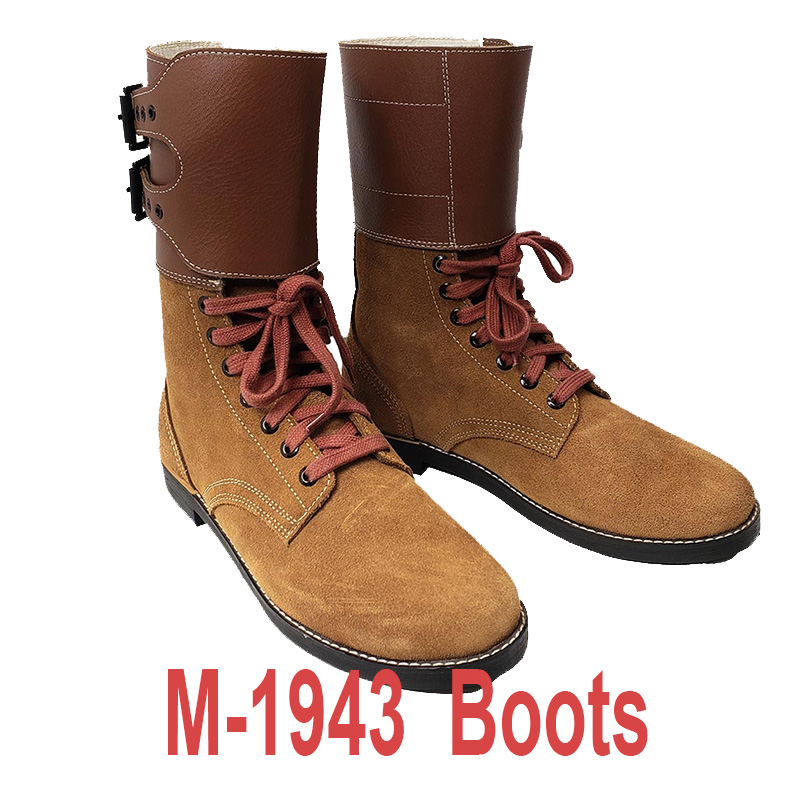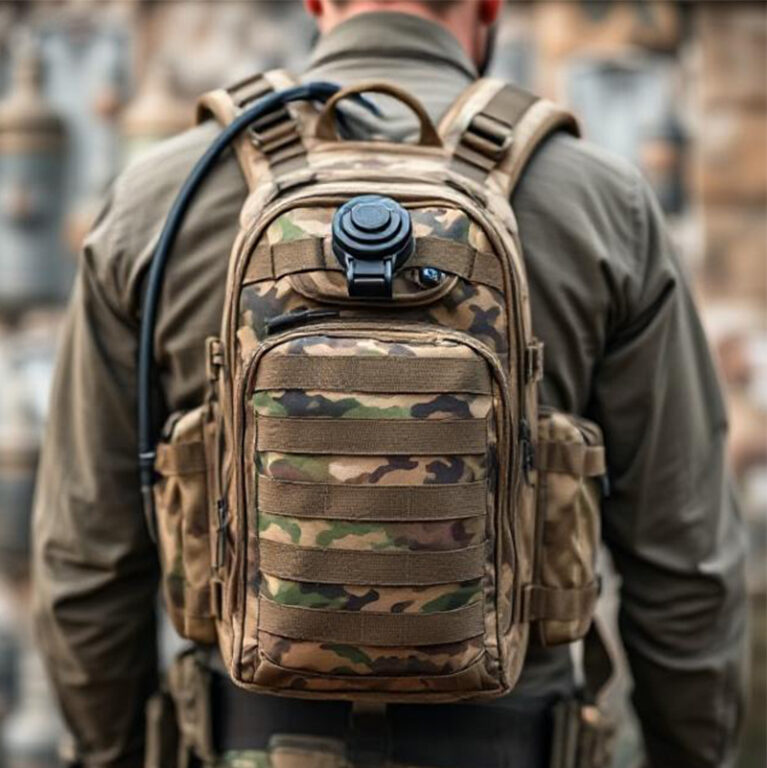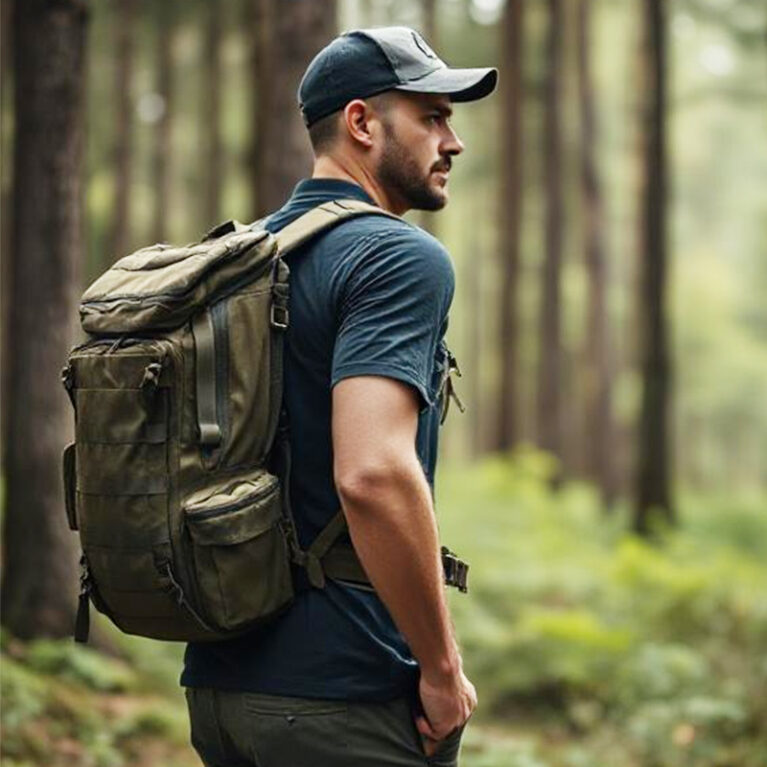Combat boots are a staple in military, law enforcement, and outdoor gear, known for their durability, support, and rugged style. Whether you need them for tactical use, hiking, or everyday wear, choosing the right pair can be challenging. Many people wonder about their history, materials, comfort, and maintenance.
In this article, I answer the 10 most frequently asked questions about combat boots, covering topics like waterproofing, styling, and cleaning tips. Whether you are a first-time buyer or an experienced user, this guide will help you understand and care for your combat boots effectively.
1.What are combat boots?
Combat boots are sturdy, ankle-high or taller boots originally designed for military use. They feature durable materials like leather or synthetic fabrics, thick soles for traction, and lace-up closures for a secure fit. Known for their ruggedness, they provide protection and support in tough conditions.
Today, combat boots are also a popular fashion item, embraced for their edgy, versatile style. They are worn in various settings, from casual outfits to workwear, and are valued for both their functionality and aesthetic appeal.
2.When were combat boots invented?
Combat boots trace their origins to ancient times, but modern versions emerged during the 18th and 19th centuries. Early examples, like the hobnailed boots of Roman legions, evolved into standardized military footwear by the Napoleonic Wars (1803–1815).
The U.S. Army’s "trench boots" in World War I (1917) marked a key milestone, designed for muddy battlefields with leather and sturdy soles.

World War II further refined them, with the iconic U.S. M-1943 boots. Their rugged design later inspired civilian use and fashion trends.

3.What are combat boots made of?
Combat boots are typically made from leather, nylon, or synthetic materials, offering a balance of durability, flexibility, and breathability. Full-grain leather provides water resistance and toughness, while nylon panels reduce weight and improve airflow.
The soles are usually rubber or polyurethane, designed for slip resistance, shock absorption, and traction on various terrains. Many combat boots also feature reinforced toe caps, cushioned insoles, and moisture-wicking linings for comfort. Some models include Gore-Tex or other waterproof membranes to keep feet dry in wet conditions, making them suitable for both military and outdoor use.
4.What types of combat boots are there?
Combat boots come in several types, each designed for specific environments. Jungle boots have vent holes and drainage for hot, wet climates, while desert boots feature lightweight, breathable materials for arid conditions.
Cold-weather boots offer insulation for extreme temperatures, and jump boots are reinforced for paratroopers. Tactical boots are lightweight for law enforcement and special operations, while steel-toe combat boots provide extra protection. Some models also include waterproofing, flame resistance, or anti-slip soles for specialized missions. Here is a list of some types of combat boots as below:
| Type | Key Features | Best For |
| Jungle Boots | Ventilation holes, quick-drying, lightweight | Hot, humid, and wet climates |
| Desert Boots | Breathable suede, lightweight, sand-resistant | Arid and desert environments |
| Cold-Weather Boots | Insulated, waterproof, slip-resistant | Snow, ice, and extreme cold |
| Jump Boots | Reinforced ankle support, cushioned soles | Paratroopers, airborne units |
| Tactical Boots | Lightweight, flexible, high-traction sole | Law enforcement, special ops |
| Steel-Toe Boots | Reinforced toe cap, heavy-duty protection | Hazardous environments |
| Waterproof Boots | Gore-Tex lining, sealed seams | Wet and rainy conditions |
| Flame-Resistant Boots | Fire-resistant materials, reinforced stitching | Firefighting, extreme heat |
| Extended-Wear Boots | Extra cushioning, shock absorption | Long patrols, heavy use |
| All-Terrain Boots | Durable, versatile sole, rugged materials | Mixed terrains, general military use |
5.What are the most comfortable combat boots for everyday wear?
The most comfortable everyday combat boots should be lightweight, well cushioned and breathable. You can choose boots with shock-absorbing soles and arch support.
Also, you can look for boots with moisture-wicking linings, padded insoles and ergonomic designs to reduce foot fatigue during all-day wear.
6.Are combat boots waterproof?
Some combat boots are waterproof, while others are only water-resistant. Waterproof combat boots use materials like Gore-Tex or sealed leather to keep feet dry in wet conditions. These boots are ideal for rain, mud, and snow.
However, standard combat boots may only repel light moisture and can become soaked in heavy rain or deep water. For extra protection, waterproofing sprays, wax, or gaiters can be used. When choosing combat boots, look for sealed seams and moisture-wicking linings if you need full waterproofing.
7. How to style combat boots?
Combat boots can be styled for casual, edgy, or tactical looks. Pair them with jeans and a leather jacket for a rugged style, or wear them with cargo pants and a hoodie for a streetwear vibe. For a sleek, urban look, try black combat boots with slim-fit pants and a bomber jacket.
For a military-inspired outfit, match them with tactical pants and a fitted tee. Women can style combat boots with leggings, oversized sweaters, or even dresses for a bold contrast. Tucking or cuffing pants can highlight the boots and create a cleaner look.
Here are some ways to style combat boots for your reference.
| Style | Clothing Combination | Best For |
| Casual Look | Jeans, t-shirt, leather jacket | Everyday wear, relaxed outings |
| Streetwear | Cargo pants, hoodie, graphic tee | Trendy, urban fashion |
| Edgy/Rock Style | Black skinny jeans, band tee, studded jacket | Concerts, nightlife |
| Military/Tactical | Cargo pants, fitted tee, tactical vest | Outdoor activities, practical wear |
| Sleek & Minimalist | Slim-fit pants, bomber jacket, neutral colors | Smart casual, modern look |
| Feminine Contrast | Dress/skirt, tights, oversized sweater | Fashion-forward, casual chic |
| Winter Outfit | Wool coat, leggings, scarf, beanie | Cold weather, cozy style |
| Workwear Utility | Work pants, flannel shirt, durable jacket | Functional, rugged wear |
8.How to tie combat boots?
There are several ways to tie combat boots for comfort, security, and style. The standard crisscross lacing is the most common, providing a snug and even fit. Army lacing runs the laces straight across for a clean look and reduced pressure points.
Standard Crisscross Lacing:
- Start at the bottom eyelets, threading the lace evenly through both sides.
- Cross the laces over each other, threading them under the next set of eyelets.
- Repeat the crisscross pattern up to the top of the boot.
- Tie a secure knot, like a standard bow or double knot.
Ladder Lacing (Military Style):
- Insert the lace through the bottom eyelets from the outside in.
- Pull both ends up, then thread each lace straight up through the next eyelet.
- Cross the laces and insert them under the vertical lace sections.
- Continue the pattern until you reach the top, then tie securely.
9.How to buy combat boots near me?
If you want to buy combat boots near you, you can check military surplus stores, outdoor retailers, or tactical gear shops. Stores like Bass Pro Shops, REI, or army surplus stores often carry durable options.
You can also search "combat boots near me" on Google Maps to find local retailers. If you prefer trying before buying, visit physical stores for a proper fit. Alternatively, online retailers like Amazon,and HAIX, Rocky boots offer a wide selection with delivery options. Always check reviews, return policies, and sizing guides before purchasing.
10.How to clean and maintain combat boots?
To clean combat boots, start by removing dirt with a soft brush or damp cloth. For leather boots, use a leather cleaner or mild soap, then apply a conditioner to keep the material supple. For synthetic boots, wipe with a damp cloth and mild detergent. Avoid soaking them to prevent damage.
Dry boots naturally, away from direct heat. Use a waterproofing spray to protect against moisture. Polish leather boots regularly to maintain shine and durability. For soles, remove debris with a brush and check for wear. Store boots in a cool, dry place, and use shoe trees to retain their shape. Regular maintenance ensures longevity and performance.
Here are five tips for cleaning and maintaining combat boots:
- Clean Regularly : Wipe off dirt and dust with a damp cloth or soft brush after each use to prevent buildup.
- Use Proper Cleaners : Apply leather cleaner for leather boots and a suede brush for suede/nubuck to avoid damage.
- Condition Leather : Use leather oil or polish to keep the material soft, prevent cracking, and maintain a polished look.
- Keep Them Dry : Dry boots naturally, away from direct heat sources like radiators, to prevent warping or shrinking.
- Waterproof When Needed : Apply a waterproofing spray or wax to protect boots from moisture and prolong their lifespan.







